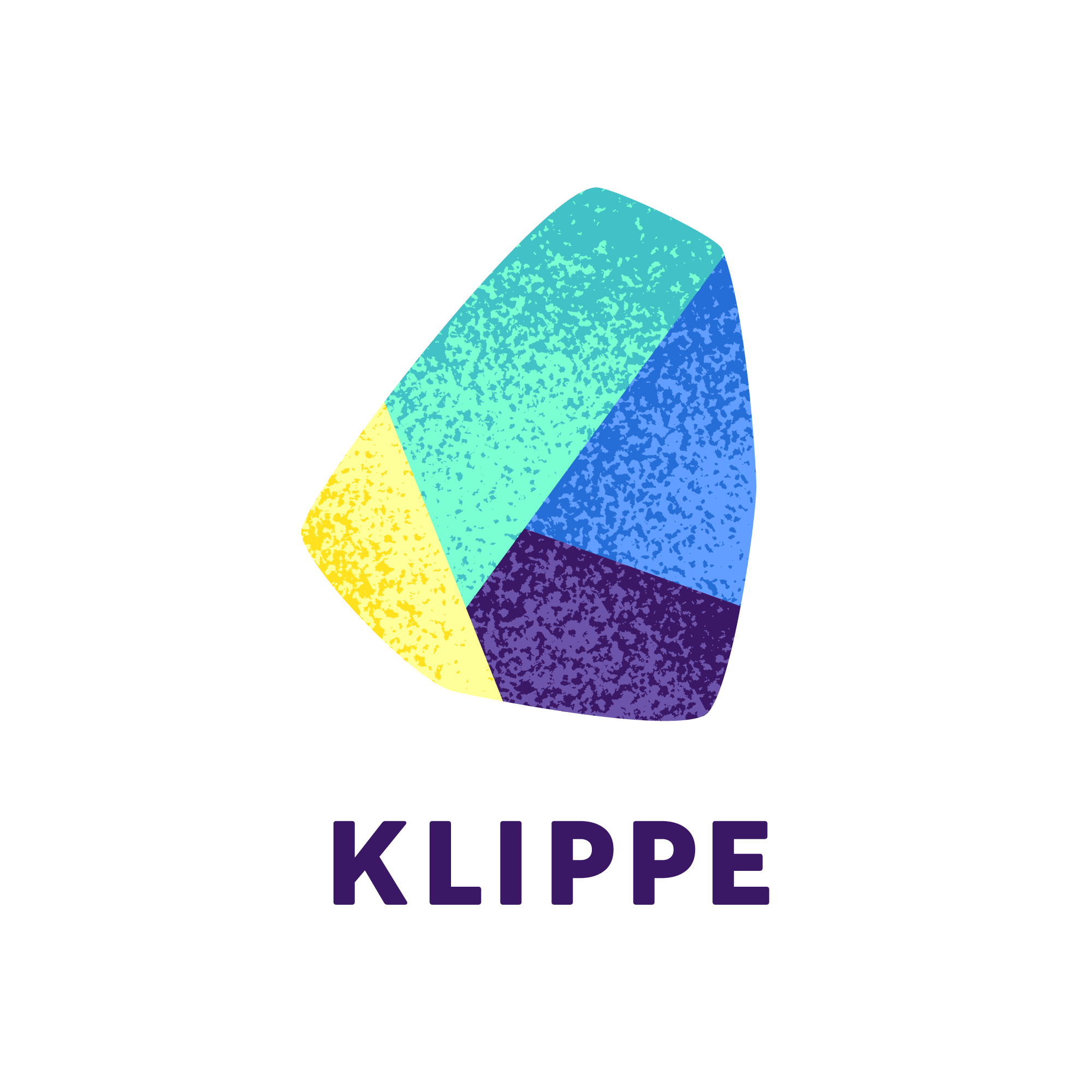Welcome to the world of onboarding – the art of seamlessly welcoming new team members into our organization. It’s more than just passing the torch to a hesitant coworker or subjecting everyone to the same tired video for years on end. A well-crafted digital onboarding experience is the key to a swift integration and boosts the likelihood of keeping both fresh faces and seasoned pros engaged. In this Journal entry, we’ll dive into the core objectives of the onboarding process, explore the reasons behind embracing digital methods, and offer practical insights on crafting effective training courses. Let’s unlock the potential of onboarding together!
Why Digital Onboarding Matters
Neglecting the onboarding process can spell trouble for any organization, reducing it to a mundane paperwork chore rather than a vital tool for welcoming new talent. Without proper attention or investment in digitization, both new hires and their trainers can grow weary of the repetitive rituals, dampening morale and hindering effective integration. It’s no secret that a positive onboarding experience significantly influences whether a newcomer chooses to stick around. With many employees exiting within their first year, overlooking digital onboarding could mean squandered efforts and lost potential.
Digital onboarding isn’t just a nice-to-have; it’s a must for all training programs. Companies with well-structured onboarding initiatives often boast higher employee engagement and better retention rates. The goal? Smoothly immerse new recruits into the company culture, clarify roles and responsibilities, and ensure they understand compliance standards. A robust onboarding process not only accelerates the journey from newbie to seasoned team member but also fosters a sense of belonging within the organization.

Lifelong Learning in Organizations
Why is lifelong learning essential for both organizations and individuals? And how can we ensure it’s a driving force in our workplace? Join us and find out more!
Read More!Why Make Onboarding Digital?
New team members can jump right into training whenever they’re ready. With e-learning, they have the flexibility to move through the onboarding process at their own speed, fitting it smoothly into their busy schedules.
Team members don’t need to be in the same spot or coordinate schedules to take courses. Everyone can access and complete them from wherever they are, whenever it suits them best.
Developing and keeping up digital onboarding materials usually costs less compared to traditional training setups. With no need for ongoing expenses like facilitators, venues, travel, or equipment, it’s a cost-effective solution in the long run.
E-learning resources can be interactive and packed with multimedia elements, which often makes them more engaging and memorable compared to traditional text-only materials.
The e-learning content can be standardized or entirely identical for all new hires, guaranteeing consistency and fair treatment across the board.
In digital format, customizing the onboarding experience for each individual is simpler, and updates to the curriculum – whether minor tweaks or major revisions -can be implemented instantly. This ensures that the onboarding process remains as relevant as possible for all newcomers at all times.
E-learning platforms enable continuous monitoring and assessment of learning progress, allowing for the identification of any gaps and facilitating easier improvements to be made.
How to Begin with Digital Onboarding?

Clarify Your Objectives: Clearly outline your goals for digital onboarding. Determine precisely what outcomes you aim to achieve and what knowledge, skills, and abilities you intend to impart to new hires.

Choose your tools wisely: Pick the e-learning platform and digital tools where your materials will reside. Seek out an e-learning system that aligns with your requirements.

Crafting content: Develop the curriculum and generate relevant materials. This may involve a blend of your original content and resources from external sources. Refer to our curriculum development guidelines for assistance in this process.

Quality assurance: Prior to introducing it to new hires, test both the materials and the digital onboarding process. Ensure that all information and tasks are comprehensible and pertinent!

Assessment and enhancement: Regularly assess the effectiveness and utility of your digital onboarding efforts. Utilize feedback and reports to iteratively refine the process, thereby boosting its effectiveness.
Tips for Developing Digital Onboarding Courses
Explore the Journeys of Recent Hires!
Engage with both recent and seasoned employees to glean insights into their integration process. Inquire about:
- Their initial impressions of the organization and how it aligned with their expectations.
- The queries they had on their first day and any lingering unanswered questions.
- The duration it took for them to acclimate and feel proficient in their role.
Leverage Your Existing Resources!
Maximize what you already possess! Avoid unnecessary spending on creating content or media that’s already available. Encourage everyone to contribute interesting quotes, inspiring case studies, or any other valuable resources they may have!
Prepare for All Digital Devices!
When it comes to digital onboarding, responsive design is crucial. Ensure that newcomers can easily access all resources whenever and wherever they need them!
Harness the Power of E-Learning!
Infuse interactivity into your onboarding process, incorporating simulations for an engaging experience. Keep your courses focused and hands-on, emphasizing practical application. Consider integrating gamification tools to captivate newcomers and foster a sense of belonging within the team during the digital onboarding journey.

Microlearning for Effective Learning
Gone are the days of endless, dull presentations and all-day passive training sessions! Now, whether you’re in the corporate world or seeking personal development, learning is getting a major upgrade. Microlearning is here!
Read More!Stages of Digital Onboarding
The following outlines the various phases of onboarding, which typically span several days but can also be efficiently completed within a few hours or even a single working day in many instances.
Orientation
The onboarding journey can commence even before the official start date. A welcoming module covering roles, organizational culture, mission, and structure can be curated on the learning platform. During the initial one or two days, the new hire can familiarize themselves with the organization’s setup and its key personnel.
Consider incorporating the following during this phase:
- Personalized welcome messages from key individuals, such as organizational leaders or team members crucial to the newcomer’s role.
- Clear delineation of their responsibilities and expectations.
- Information regarding performance evaluations, rewards, and other HR procedures.
- Introduction to essential processes, tools, and software.
Infuse playful elements to navigate newcomers through organizational information, along with interactive exercises facilitating understanding of the organization’s goals, products, or services. Present managers’ insights through engaging video presentations.
Role Presentation
Transitioning to more specific inquiries on the second or third day is ideal:
- The onboarding course can introduce key job roles pertinent to the newcomer, supplemented with practical examples, reference materials, and interactive exercises.
- Provide the newcomer with a guide detailing where to seek answers for specific work-related queries that may arise. This proactive approach helps alleviate uncertainties associated with a new role.
- Outline the milestones of the onboarding process through a list or timeline indicating tasks to be accomplished by certain deadlines. Consider integrating bonus elements that new employees can earn as they successfully complete designated milestones.
Fostering Independent Work
By this point, the new employee is delving into specific tasks. Tailor the presentation of tasks to be as task-oriented as possible, utilizing games, tests, or even virtual reality, depending on the nature of the job. This approach facilitates immersive learning and enhances independent working capabilities.
Need Any Help?
If your organization is considering digitizing its onboarding process but you’re unsure about the best approach, reach out to us, and we’ll assist you in selecting the optimal solution! Don’t hesitate, even with limited resources, as expert assistance can yield significant savings in both time and costs!
If you found this article useful, follow us on Facebook or LinkedIn, to keep up with the latest articles!
Details below will help you contact us via form, phone or e-mail. ⬇️
Who Are We?
We are digital education experts and software developers, following trends and offering innovative solutions in our learning materials and systems. We have been providing digital training, creating complex e-learning materials and implementing systems for X years.
Klippe Learning’s team will create the digital teaching and learning solution you’ve been dreaming of – or we’ll dream it for you if you don’t know exactly what you need. Custom content, creative and motivating methods, a platform tailored to you.
How Can You Reach Us?
To find out more about our bespoke learning materials, e-learning systems, training courses or to request a quote, please contact us:
 contact us via the form on the right!
contact us via the form on the right!
 or call us:
or call us:
 or send an email:
or send an email:



